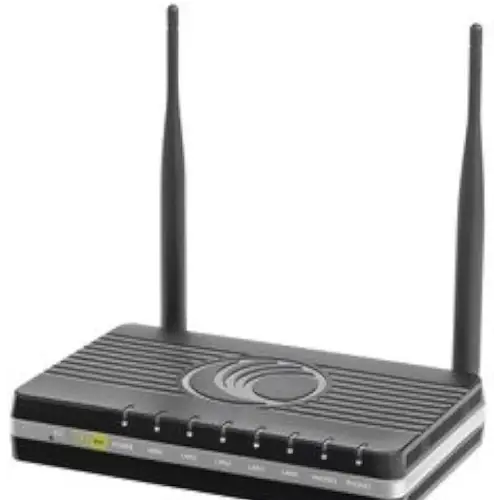Home >A Wireless Local Area Network
Home / A Wireless Local Area Network

A Wireless Local Area Network (WLAN) is a network that uses wireless communication technology to connect devices within a limited geographic area, such as a home, office, or campus. WLANs are commonly used to provide internet and network connectivity to laptops, smartphones, tablets, and other wireless devices without the need for physical cables.
Key characteristics and components of a WLAN include:
Wireless Access Points (APs): These are the devices that enable wireless connectivity. Access points transmit and receive data between wireless devices and the wired network. In larger WLANs, multiple access points are often used to provide coverage across a larger area.
Wireless Clients: These are the devices that connect to the WLAN, such as laptops, smartphones, tablets, and Wi-Fi-enabled IoT devices.
SSID (Service Set Identifier): An SSID is a unique name that identifies a specific WLAN. When connecting to a wireless network, users select the appropriate SSID to join the desired network.
Security Measures: WLANs often use various security protocols, such as WPA2 or WPA3, to protect data transmission from unauthorized access or eavesdropping. Passwords or encryption keys are used to authenticate and encrypt data between devices and the access point.
Frequency Bands: WLANs typically operate in the 2.4 GHz and 5 GHz frequency bands. The choice of frequency band can affect the network’s range, capacity, and interference susceptibility.
Standards: WLANs adhere to IEEE 802.11 standards, with various amendments defining the capabilities and features of different generations of wireless technology. Common standards include 802.11b, 802.11g, 802.11n, 802.11ac, and 802.11ax (Wi-Fi 6).
Roaming: WLANs support seamless roaming, allowing wireless clients to switch between access points as they move within the coverage area without losing connectivity.
Range: The range of a WLAN can vary depending on factors like signal strength, interference, and building materials. Range extenders or mesh network systems can be used to expand coverage.
